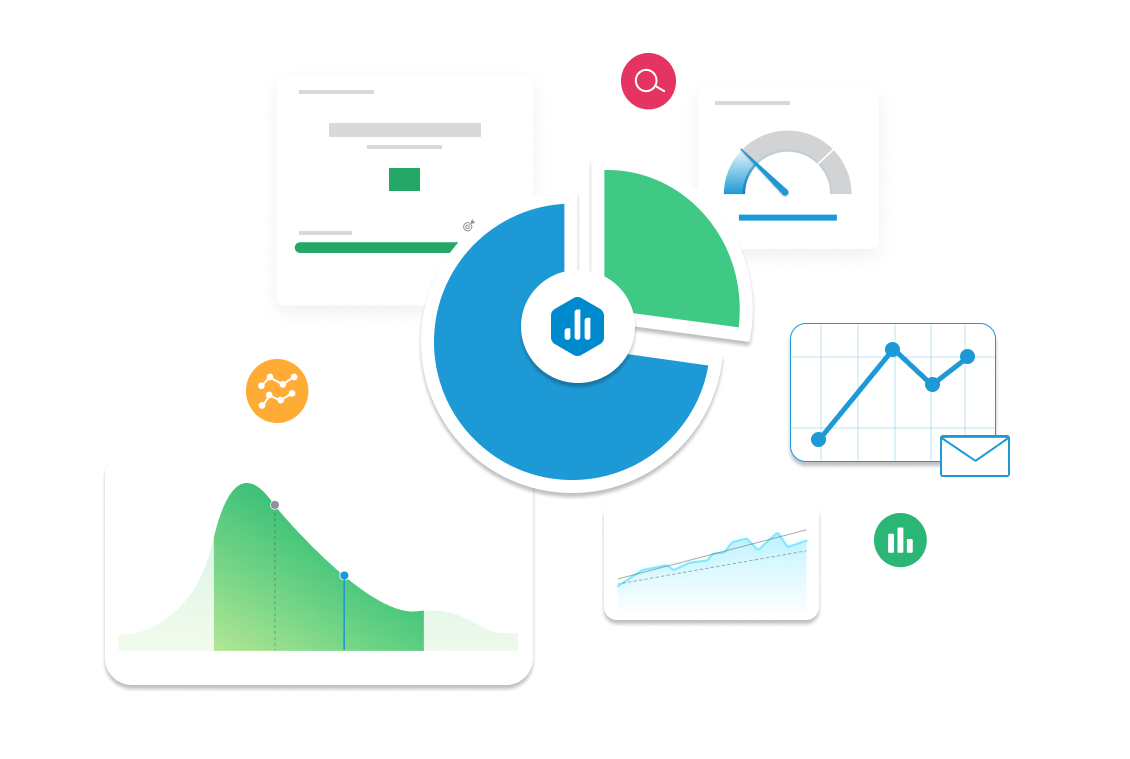Pages per Session
Discover how Pages per Session measures user interaction by tracking how many pages a visitor views in a single session. Learn how to analyze and optimize this metric to boost engagement and improve user experience.

| Category |
Marketing |
|---|---|
| Type |
Leading Indicator |
| Calculation |
|
| Measure |
Tracks the average number of pages a user visits during a single session, helping evaluate content effectiveness, internal linking, and site navigation. |
| Data Sources: |
Google Analytics, Matomo, Hotjar, Microsoft Clarity, HubSpot. |
| Frequency |
Tracked weekly or monthly to monitor user engagement trends and optimize site structure. |
Example target
Increase average pages per session from 2.1 to 3.0 in Q3 by enhancing internal linking, improving site navigation, and offering engaging related content.
Example Reports Use Case
A Content Strategist tracks Pages per Session to assess how well users navigate through blog content. If the number is low, they may improve related article suggestions, add CTAs, or redesign navigation menus.



